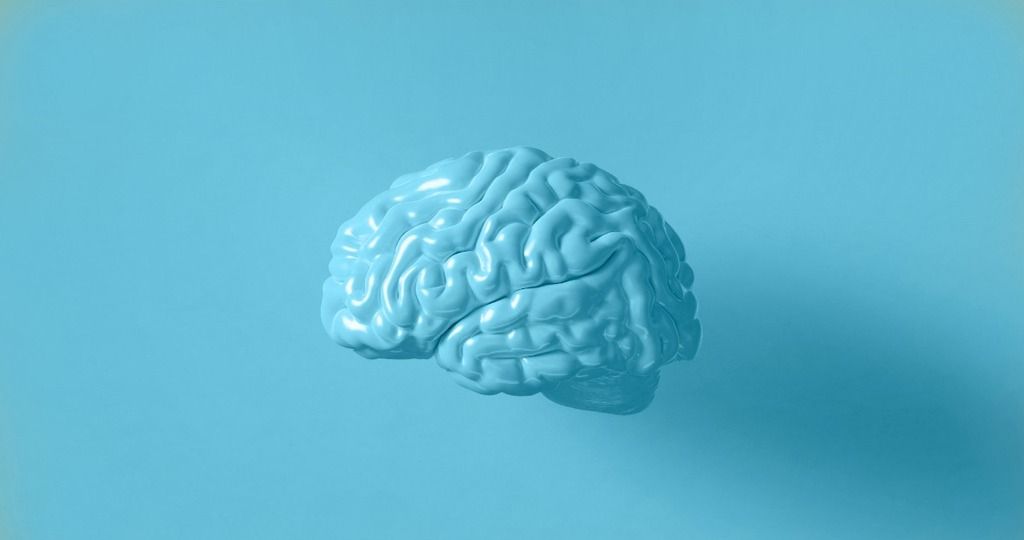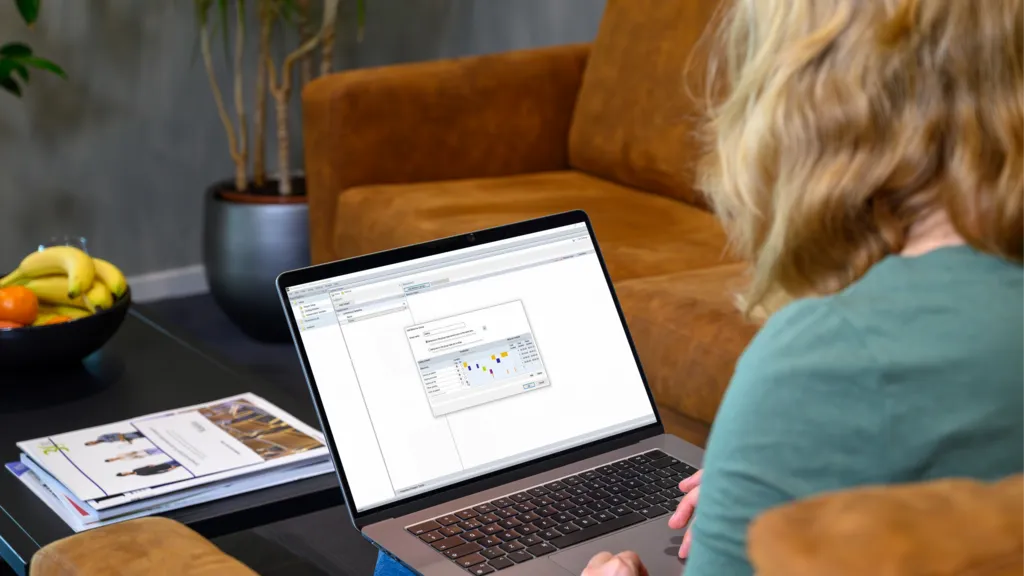Examples of Human Behavior Research
We humans are an intriguing species and it's no wonder researchers have always been fascinated by human behavior. Here are some examples of human behavior research over the years.
Posted by
Published on
Mon 10 Oct. 2022
Topics
| Behavioral Research | Human Factors | Observational Research | Older Persons | Social Behavior Research |

We humans are an intriguing species and it's no wonder researchers have always been fascinated by understanding human behavior. We recently wrote about how to study human behavior, and different ways to measure human behavior.
Examples of Human Behavior Research
On our Behavioral Research Blog, there are plenty of examples of human behaviors and research on behavior. In this blog post we are highlighting some examples of human behavior research and behavior studies.
Table of contents
- What is human behavior?
- Cognitive neuroscience
- Autism research in infants
- Adolescent research
- On-site observational research
- Doctor-patient interaction
- Healthcare research examples
- Emotion analysis
- Sensory science and eating behavior
- Consumers' food choices and emotions
- User experience research
What is human behavior?
In science, human behavior commonly refers to the way humans act and interact: the actions, thoughts, and emotions of individuals and groups. It encompasses a wide range of activities, from physical movements and interactions with the environment, to complex mental processes such as decision-making and problem-solving. It is based on and influenced by several genetic and environmental factors, such as genetic make-up, culture, and individual attitudes and values.
Human behavior research and human behavior studies look into several research questions, like: Why do we act the way we do? How is our behavior influenced, or measured? The study of human behavior is a broad and interdisciplinary field that draws on theories and methods from psychology, sociology, anthropology, economics, and other related disciplines. The goal of this field is to understand why people behave in the ways that they do and to use this understanding to improve people's lives and solve real-world problems.
The ultimate goal is to increase our understanding of the human experience and to use this knowledge to enhance individual and collective well-being.
NOLDUSHUB: Simplify your multimodal research
Discover how NoldusHub benefits your behavior research, and why it is the best multimodal platform for you to use:
- Integrated data collection
- Synchronization from the start
- Immediate feedback on data quality
Cognitive neuroscience
Cognitive neuroscience is the overlapping science of the ‘dry and the wet’ part of the brain: where dry represents the cognitive part (mind, emotions, and senses), and where wet represents the brain. This combination of scientific disciplines tries to explain the connection between neural activities in the brain and mental processes, in order to find answers to the questions of how neural circuits in the brain affect cognition.
This blog series addresses the interplay between the brain, behavior, and emotions, in the field of cognitive neuroscience:
- Cognitive neuroscience: the basics
- Cognitive neuroscience: Emotions
- Cognitive neuroscience: Behavior

Autism research: Observing infants to detect autism
Making the same movement multiple times, or making repetitive movements, is an important step in the development of a newborn child and them learning how to use their limbs. Repeating these movements is typical for motor development; but an increased frequency of repetitive movements can be an early indicator for neurodevelopmental disorders.
Purpura et al. conducted a retrospective analysis of video clips taken from home videos recorded by parents, to verify if a higher frequency of repetitive movements could differentiate infants with ASD from infants with Developmental Delay (DD) and Typical Development (TD), analyzing the age range between six and 12 months.
Read more about their study here.
RESOURCES: Read more about The Observer XT
Find out how The Observer XT is used in a wide range of studies and how it can elevate your research!
- Free white papers
- Customer success stories
- Featured blog posts
Adolescent research
How are adolescents’ emotions socialized by mothers and close friends? What can parents do to prevent escalating conflicts? What is the role of early childhood stress and inhibitory control adolescent substance use?
These and more studies are excellent examples of adolescent research:
- Direct observations help develop effective interventions in adolescence
- Understanding adolescent emotions
- Studying conflict interactions between mothers and adolescents
- The role of inhibitory control on substance use in adolescence
On-site observational studies
In some cases observations for your study are best performed on-site. For example, you might want to observe people in a natural setting: at home, in a shop, in the classroom, or in the office.
Another case where on-site research would be beneficial is when your participants are experiencing health issues, preventing them from travelling to your lab. Conducting your research on location enables you to study people that are otherwise difficult to reach.
In this blog post, we highlighted two cases of on-site observational studies with older age groups, conducted at home or at a healthcare facility.
Doctor-patient interactions and the use of humor
Science has proven that laughter is healthy. However, how often is humor actually used during doctor-patient interactions?
Researcher Phillips and her team set out to study the role of humor in medical encounters. They focused on aspects such as its frequency, who introduces it, and the topics it covers.
To achieve this, they analyzed audio and video recordings of clinical interactions. Their goal was to describe the frequency and other characteristics of humor during outpatient primary and specialty care visits.

More healthcare research examples
Healthcare research - sometimes also called "medical research" or "clinical research" - refers to research that is done to learn more about healthcare outcomes. There are plenty of healthcare research examples on our Behavioral Research Blog:
- Evaluating ergonomics in healthcare – paramedics
- Evaluating the effectiveness of simulation in healthcare
- Improving patient safety
- How to assess medical team effectiveness
- Optimizing safety and efficiency in an OR
- What is simulation training?
FREE WHITE PAPER: Video feedback in skills education
10 Reasons why video feedback is essential in skills education.
- Benefits for students
- Advantages for teachers and trainers
- Practical examples
Emotion analysis: The emotions of people who think they're nice
What does ‘nice’ actually mean in relation to psychological variables? And does it positively correlate with self-reported levels of health, happiness, and wellbeing?
Researchers of i2 media research from the Goldsmiths University of London, UK, developed a tailored questionnaire to explore this and got some interesting results.
Read this: Must-see TED Talks on emotions
MEASURE YOUR EMOTIONS: What does your face say?
Curious what emotions your face shows? Upload a photo here, and our FaceReader software will test it for emotionality.
- Enter a url or browse for an image
- Use passport photo like pictures
- Make sure that the pictures you upload are the best they can be
Sensory science and eating behavior
Sensory science focusses on the effects of sensory (like taste, smell) and metabolic signals (like nutritional properties, hormones) on the physiological and neurobiological responses underlying eating behavior.
Professor Kees de Graaf (Wageningen University & Research, The Netherlands) has been involved in sensory science and resarch into eating behavior for years. Things like measuring bite size, chewing behavior and frequency are vital in order to understand eating behavior.
He hopes that in 5-10 years, we will be able to measure food intake in an accurate way without interfering with subjects.
Watch the movie below to learn more about his research.
Consumers' food choices and emotions
Is there a relationship between food choice and a person’s mood? Bartkiene et al. examined the factors that influence our food choice, using facial expression analysis.
User Experience Research
User experience (UX) is the overall experience of a person using a product (a website, app, game, e.g.) or service, and his or her emotions and attitudes while using it. UX research dives into these user experiences, often carried out in a lab.
A UX Lab is used for usability testing and user experience research. Users are observed in a specific environment while interacting with a product or system. Most UX research is conducted in state-of-the-art UX labs.
Understanding the digital world at the Social Media Lab - In this unique lab, technology is applied to understanding user experience, behavior on social media, and much more.
RESOURCES: Read more about FaceReader
Find out how FaceReader is used in a wide range of studies and how it can elevate your research!
- Free white papers
- Customer success stories
- Featured blog posts
Related Posts

What are stimuli in human behavior research?

Scientific methods in human behavior research
